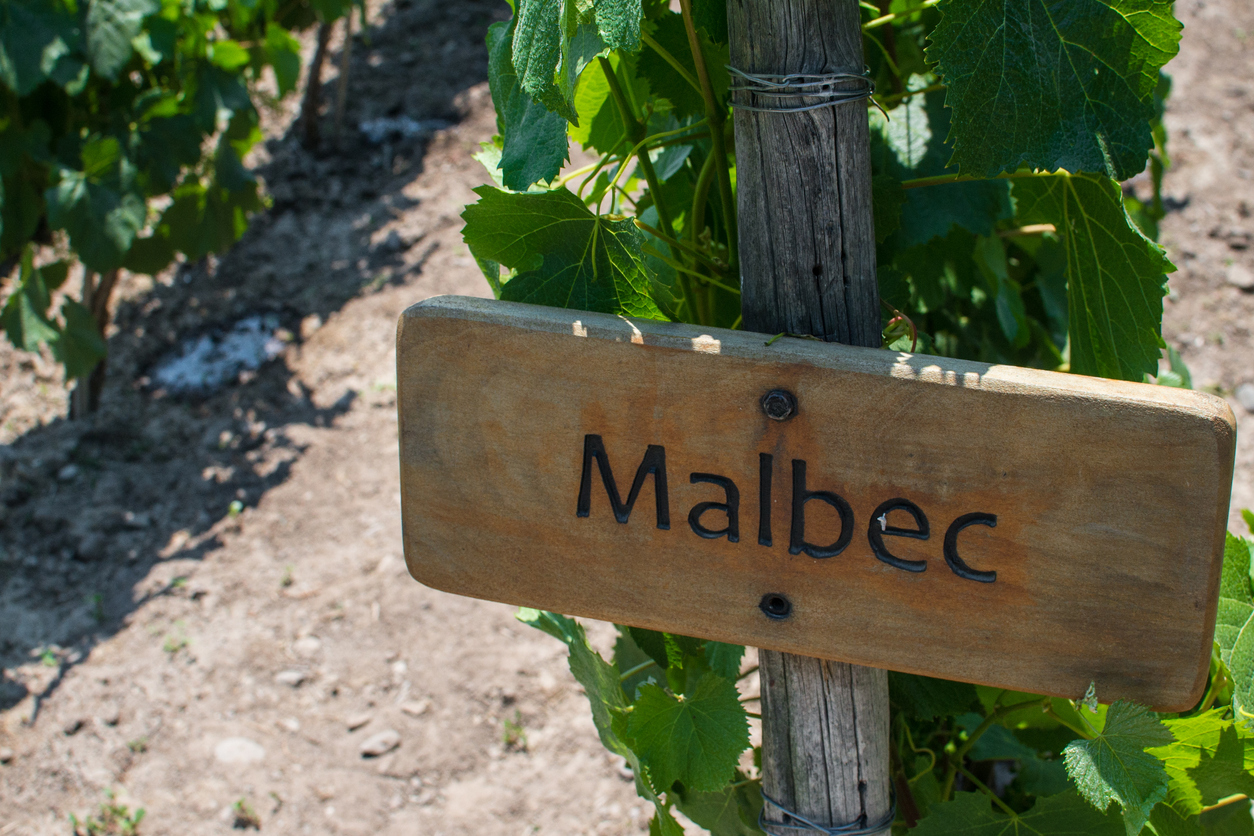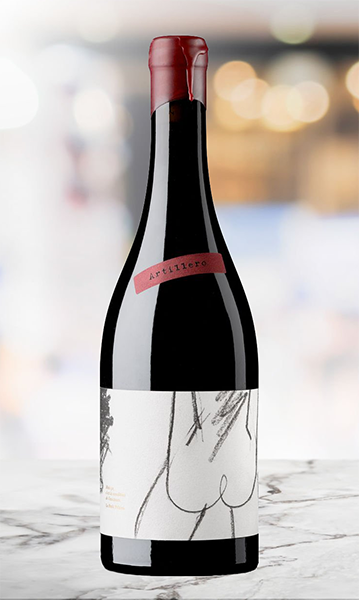
Getting Acquainted With Malbec
Many of us know malbec as the most popular red wine grape in Argentina. Its rich, ripe, full-bodied character is the perfect pairing for grilled steak, barbeque, pasta Bolognese, and even pizza.
But despite its strong association with South America, many people don’t realize that malbec is actually French. Malbec is one of the five allowed red grapes in Bordeaux (where it’s known as “cot”) and is a significant component in the sub-region of Cotes de Blaye. Elsewhere in France, you’ll find malbec in the Southwest region of Cahors, where it has enjoyed AOC status since 1971.
What’s the Difference Between French and Argentinian Malbec?
One of the most significant differences between French and Argentine malbec is the climate. France is decidedly cooler than Argentina. But even though Cahors is typically quite hot (by French standards), most is grown on mountainous slopes, lending the wine cool-climate characteristics such as higher acidity and tannin.
Outside of Cahors, which requires their wines to be 75% malbec, the grape doesn’t often make up a significant portion of the blend. Though it is thin-skinned, it requires a long, hot growing season to ripen adequately—even longer than cabernet sauvignon—so its addition is often just to add a layer of complexity.
In Argentina, malbec is grown most successfully in the Mendoza, located in the foothills of the Andes. Many of the best malbecs in the region are grown at higher altitudes, which offsets the juicy ripeness of the fruit.
As you can see, there are distinct similarities, but you won’t often find many low-acid malbec fruit bombs in France—and we see plenty of that in Argentina, especially with the more value-priced brands.
As Old as The Hills
Though Argentina is considered a “new world” wine region, its history dates to the 1500s, although French varieties in the country only go back a couple of hundred years. Noble French varieties like merlot, cabernet sauvignon, carmenere, petit verdot, and malbec were brought to the region and established during the 1800s, so the wine culture there is well-established.
However, it wasn’t until the past 30-40 years that we began to see high-quality Argentinian wines in the North American market. Before that time, most of the top wines were not exported, but as consumption per capita decreased, higher-end wines started to trickle our way.
For this reason, Argentinian malbec has a reputation for being “cheap and cheerful.” Still, if you love malbec and want to splurge on something special, your curiosity will be well-rewarded. There are plenty of top malbec wines to be found in the U.S. market today.
What Does Malbec Taste Like?
As one of the Bordeaux varietals, we automatically know that it has a distinct character and purpose. Its inky-black, opaque color, chewy tannins, and spicy nature make for an intense and often multi-dimensional wine, replete with flavors of black fruit, blackberry, red plum, tobacco, anise, dark chocolate, and if aged in French oak, creamed coffee, and vanilla.
Cool-climate or high-altitude malbecs are lighter in body and feature red raspberry and cherry fruit flavors and floral aromas with a distinct underpinning of anise—always a banker for identifying malbec.



